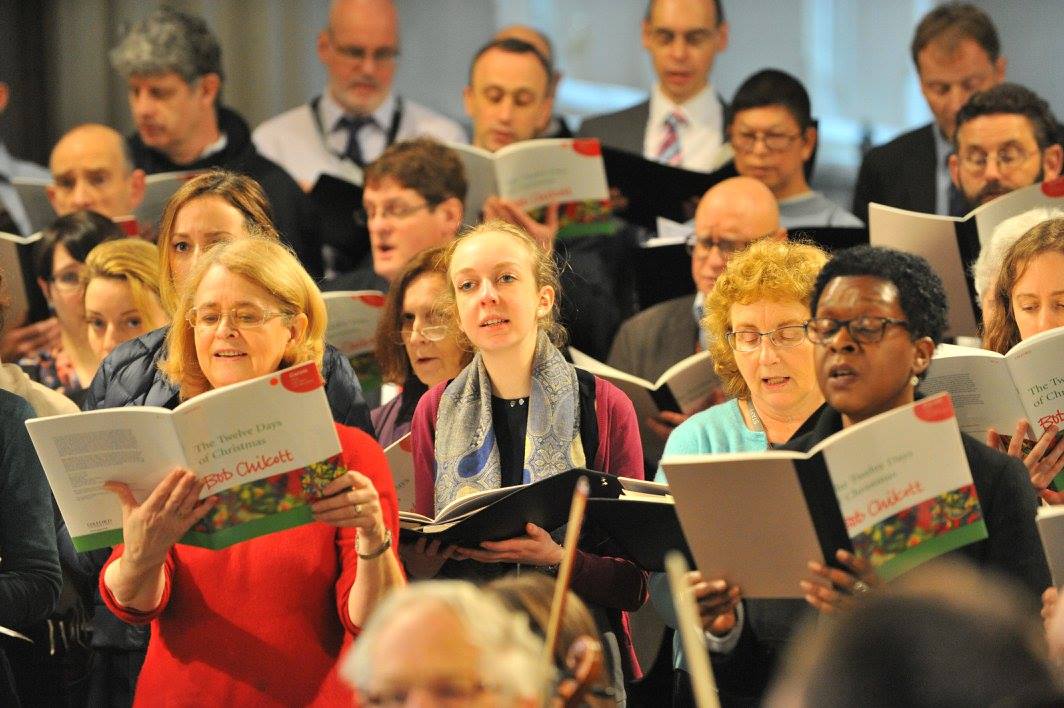Seldom has intrigue and controversy surrounded a piece of choral music as much as Mozart’s Requiem.
While the composer received an anonymous commission via a mysterious stranger whose wife had recently died, Mozart’s own state of health reputedly led him to believe he was writing the Requiem for his own funeral. He died on 5th December, 1791, leaving the work unfinished. The task of completion fell to his pupil, Franz Süssmayr.
While it has been suggested that Süssmayr had access to “scraps of paper” in Mozart’s hand setting out the deceased composer’s wishes, it is unclear to what degree Süssmayr was able to incorporate Mozart’s material. What is clear, is that Mozart completed the Introit and made detailed drafts of the Kyrie and Dies irae sequence up to the first eight bars of the Lacrimosa and the Offertory. Süssmayr claimed to have written the Sanctus, Benedictus and Agnus Dei. Regardless of the background story, it is ultimately the power of the music that speaks to us so potently.
The companion piece, Mozart’s Vesperae solennes de confessore is a largely exuberant five movement work. The fourth movement, an exquisitely lyrical Laudate dominum for soprano solo and chorus, is often performed separately.
